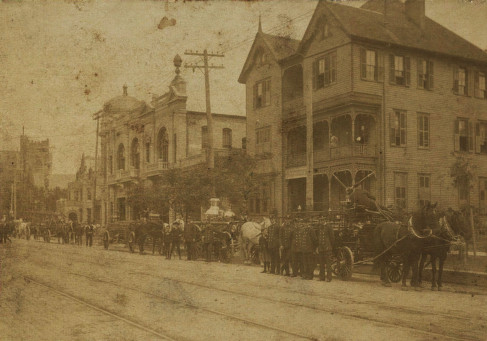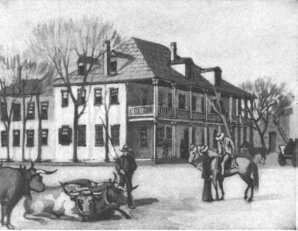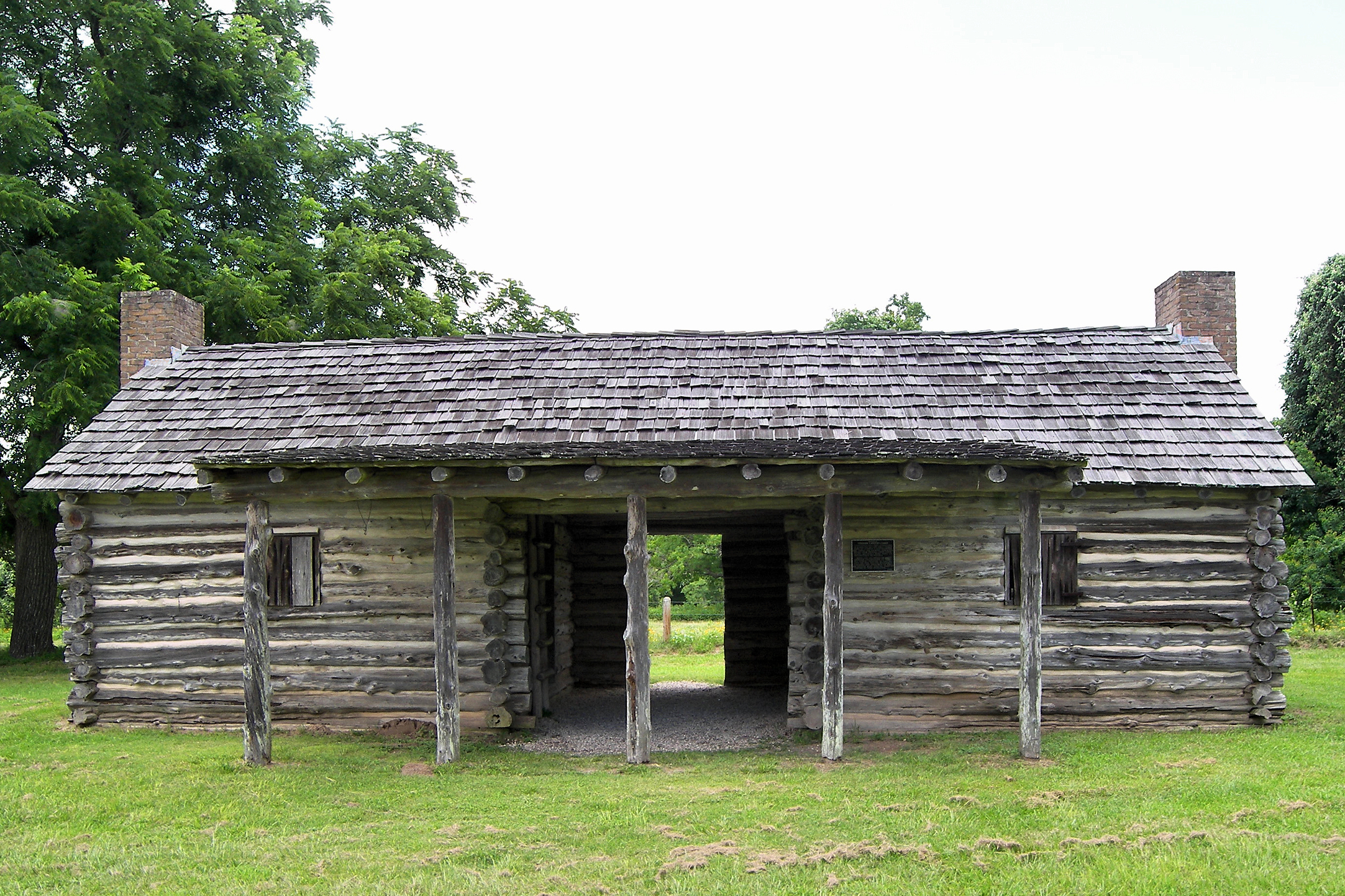|
Harris County, Texas
Harris County is a county located in the U.S. state of Texas; as of the 2020 census, the population was 4,731,145, making it the most populous county in Texas and the third most populous county in the United States. Its county seat is Houston, the largest city in Texas and fourth largest city in the United States. The county was founded in 1836 and organized in 1837. It is named for John Richardson Harris, who founded the town of Harrisburg on Buffalo Bayou in 1826. According to the July 2021 census estimate, Harris County's population has shifted to 4,728,030 comprising over 16% of Texas's population. Harris County is included in the nine-county Houston–The Woodlands–Sugar Land metropolitan statistical area, which is the fifth-most populous metropolitan area in the United States. History Human remains date habitation to about 4000 BC. Other evidence of humans in the area dates from about 1400 BC, 1 AD, and later in the first millennium. The region became uninhabi ... [...More Info...] [...Related Items...] OR: [Wikipedia] [Google] [Baidu] |
County (United States)
In the United States, a county is an administrative or political subdivision of a state that consists of a geographic region with specific boundaries and usually some level of governmental authority. The term "county" is used in 48 states, while Louisiana and Alaska have functionally equivalent subdivisions called parishes and boroughs, respectively. The specific governmental powers of counties vary widely between the states, with many providing some level of services to civil townships, municipalities, and unincorporated areas. Certain municipalities are in multiple counties; New York City is uniquely partitioned into five counties, referred to at the city government level as boroughs. Some municipalities have consolidated with their county government to form consolidated city-counties, or have been legally separated from counties altogether to form independent cities. Conversely, those counties in Connecticut, Rhode Island, eight of Massachusetts's 14 counties, and Alask ... [...More Info...] [...Related Items...] OR: [Wikipedia] [Google] [Baidu] |
Schooner
A schooner () is a type of sailing vessel defined by its rig: fore-and-aft rigged on all of two or more masts and, in the case of a two-masted schooner, the foremast generally being shorter than the mainmast. A common variant, the topsail schooner also has a square topsail on the foremast, to which may be added a topgallant. Differing definitions leave uncertain whether the addition of a fore course would make such a vessel a brigantine. Many schooners are gaff-rigged, but other examples include Bermuda rig and the staysail schooner. The origins of schooner rigged vessels is obscure, but there is good evidence of them from the early 17th century in paintings by Dutch marine artists. The name "schooner" first appeared in eastern North America in the early 1700s. The name may be related to a Scots word meaning to skip over water, or to skip stones. The schooner rig was used in vessels with a wide range of purposes. On a fast hull, good ability to windward was useful for priva ... [...More Info...] [...Related Items...] OR: [Wikipedia] [Google] [Baidu] |
Hurricane Rita
Hurricane Rita was the most intense tropical cyclone on record in the Gulf of Mexico and the fourth-most intense Atlantic hurricane ever recorded. Part of the record-breaking 2005 Atlantic hurricane season, which included three of the top ten most intense Atlantic hurricanes in terms of barometric pressure ever recorded (along with Wilma and Katrina), Rita was the seventeenth named storm, tenth hurricane, and fifth major hurricane of the 2005 season. It was also the earliest-forming 17th named storm in the Atlantic until Tropical Storm Rene in 2020. Rita formed near The Bahamas from a tropical wave on September 18, 2005 that originally developed off the coast of West Africa. It moved westward, and after passing through the Florida Straits, Rita entered an environment of abnormally warm waters. Moving west-northwest, it rapidly intensified to reach peak winds of 180 mph (285 km/h), achieving Category 5 status on September 21. However, it weakened to a ... [...More Info...] [...Related Items...] OR: [Wikipedia] [Google] [Baidu] |
Hurricane Alicia
Hurricane Alicia was a small but powerful tropical cyclone that caused significant destruction in the Greater Houston area of Southeast Texas in August 1983. Although Alicia was a relatively small hurricane, its track over the rapidly growing metropolitan area contributed to its $3 billion damage toll, making it the costliest Atlantic hurricane at the time. Alicia spawned from a disturbance that originated from the tail-end of a cold front over the northern Gulf of Mexico in mid-August 1983. The cyclone was named on August 14 when it became a tropical storm, and the combination of weak steering currents and a conducive environment allowed Alicia to quickly intensify as it drifted slowly westward. On August 17, Alicia became a hurricane and continued to strengthen, topping out as a Category 3 major hurricane as it made landfall on the southwestern end of Galveston Island. Alicia's eye passed just west of Downtown Houston as the system accelerated nor ... [...More Info...] [...Related Items...] OR: [Wikipedia] [Google] [Baidu] |
Hurricane Carla
Hurricane Carla ranks as the most intense U.S. tropical cyclone landfall on the Hurricane Severity Index. It was the ninth most intense hurricane to make landfall in the U.S. The third named storm of the 1961 Atlantic hurricane season, Carla developed from an area of squally weather in the southwestern Caribbean Sea on September 3. Initially a tropical depression, it strengthened slowly while heading northwestward, and by September 5, the system was upgraded to Tropical Storm Carla. About 24 hours later, Carla was upgraded to a hurricane. Shortly thereafter, the storm curved northward while approaching the Yucatán Channel. Late on September 7, Carla entered the Gulf of Mexico while passing just northeast of the Yucatán Peninsula. By early on the following day, the storm became a major hurricane after reaching Category 3 intensity. Resuming its northwestward course, Carla continued intensification and on September 11, became what would today be classif ... [...More Info...] [...Related Items...] OR: [Wikipedia] [Google] [Baidu] |
1943 Surprise Hurricane
The 1943 Surprise Hurricane was the first hurricane to be entered by a reconnaissance aircraft. The first tracked tropical cyclone of the 1943 Atlantic hurricane season, this system developed as a tropical storm while situated over the northeastern Gulf of Mexico on July 25. The storm gradually strengthened while tracking westward and reached hurricane status late on July 26. Thereafter, the hurricane curved slightly west-northwestward and continued intensifying. Early on July 27, it became a Category 2 hurricane on the modern-day Saffir–Simpson hurricane wind scale and peaked with winds of 105 mph (165 km/h). The system maintained this intensity until landfall on the Bolivar Peninsula in Texas late on July 27. After moving inland, the storm initially weakened rapidly, but remained a tropical cyclone until dissipating over north-central Texas on July 29. Because the storm occurred during World War II, information and reports were censore ... [...More Info...] [...Related Items...] OR: [Wikipedia] [Google] [Baidu] |
1900 Galveston Hurricane
The 1900 Galveston hurricane, also known as the Great Galveston hurricane and the Galveston Flood, and known regionally as the Great Storm of 1900 or the 1900 Storm, is the deadliest natural disaster in United States history and the third-deadliest Atlantic hurricane, only behind the Great Hurricane of 1780 and Hurricane Mitch overall. The hurricane left between 6,000 and 12,000 fatalities in the United States; the number most cited in official reports is 8,000. Most of these deaths occurred in and near Galveston, Texas, after the storm surge inundated the coastline and the island city with 8 to 12 ft (2.4 to 3.7 m) of water. In addition to the number killed, the storm destroyed about 7,000 buildings of all uses in Galveston, which included 3,636 demolished homes; every dwelling in the city suffered some degree of damage. The hurricane left approximately 10,000 people in the city homeless, out of a total population of fewer than 38,000. The disast ... [...More Info...] [...Related Items...] OR: [Wikipedia] [Google] [Baidu] |
1st Congress Of The Republic Of Texas
The First Congress of the Republic of Texas, consisting of the Senate of the Republic of Texas and House of Representatives of the Republic of Texas, met in Columbia at two separate buildings (one for each chamber) and then in Houston at the present-day site of The Rice from October 3, 1836, to June 13, 1837, during the first year of Sam Houston's presidency. All members of Congress were officially non-partisan. According to the Constitution of the Republic of Texas of 1836, each member of the House of Representatives was elected for a term of one year. Each county was guaranteed at least one representative. Each Senator was elected for a three-year term to represent a district that each had a nearly equal portion of the nation's population. Each district could have no more than one Senator. Members Senate * José Francisco Ruiz – District of Bexar * James Collinsworth – District of Brazoria (1st session) * William Green Hill – District of Brazoria (2nd ... [...More Info...] [...Related Items...] OR: [Wikipedia] [Google] [Baidu] |
Samuel May Williams
Samuel May Williams (October 4, 1795 – September 13, 1858) was an American businessman, politician, and close associate of Stephen F. Austin, who was an Anglo-American colonizer of Mexican Texas. As a teenager, Williams started working in the family's mercantile business in Baltimore. He spent time in South America and New Orleans, fleeing the latter because of debts. He landed in Mexican Texas in 1822, having learned French and Spanish. Stephen F. Austin hired Williams for his colony in 1824. Williams first worked as a clerk, and later assumed the title of secretary to the ''ayuntamiento'', a local government established for the colony by the Mexican state of Coahuila and Texas. He worked for Austin for about a decade. In 1834, Williams quit as secretary of the Austin Colony to work as a merchant, then formalized a partnership with Thomas F. McKinney. The next year he also made deals with the provincial government in Monclova for a bank charter and for large tracts of ... [...More Info...] [...Related Items...] OR: [Wikipedia] [Google] [Baidu] |
Stephen F
Stephen or Steven is a common English first name. It is particularly significant to Christians, as it belonged to Saint Stephen ( grc-gre, Στέφανος ), an early disciple and deacon who, according to the Book of Acts, was stoned to death; he is widely regarded as the first martyr (or " protomartyr") of the Christian Church. In English, Stephen is most commonly pronounced as ' (). The name, in both the forms Stephen and Steven, is often shortened to Steve or Stevie. The spelling as Stephen can also be pronounced which is from the Greek original version, Stephanos. In English, the female version of the name is Stephanie. Many surnames are derived from the first name, including Stephens, Stevens, Stephenson, and Stevenson, all of which mean "Stephen's (son)". In modern times the name has sometimes been given with intentionally non-standard spelling, such as Stevan or Stevon. A common variant of the name used in English is Stephan ; related names that have found som ... [...More Info...] [...Related Items...] OR: [Wikipedia] [Google] [Baidu] |
Morgan City, Louisiana
Morgan City is a small Citibank, city in St. Mary Parish, Louisiana, St. Mary and lower St. Martin parishes in the U.S. state, U.S. State of Louisiana. The population was 12,404 at the 2010 United States Census, 2010 census. Known for being “right in the middle of everywhere”, Morgan City is located 68 miles (109 km) southeast of Lafayette, Louisiana, Lafayette, 64 miles (103 km) south of Baton Rouge, Louisiana, Baton Rouge, and 86 miles (138 km) west of New Orleans, Louisiana, New Orleans Morgan City sits on the banks of the Atchafalaya River. The town was originally named "Tiger Island" by surveyors appointed by U.S. Secretary of War John Calhoun, because of a particular type of wild cat seen in the area. It was later changed for a time to "Brashear City," named after Walter Brashear, a prominent Kentucky physician who had purchased large tracts of land and acquired numerous sugar mills in the area. It was incorporated in 1860. History Capture of Brashear Ci ... [...More Info...] [...Related Items...] OR: [Wikipedia] [Google] [Baidu] |
Cedar Point, Texas
Cedar Point is a census-designated place (CDP) in Polk County, Texas Texas (, ; Spanish: ''Texas'', ''Tejas'') is a state in the South Central region of the United States. At 268,596 square miles (695,662 km2), and with more than 29.1 million residents in 2020, it is the second-largest U.S. state by ..., United States. This was a new CDP for the 2010 census with a population of 630. Geography Cedar Point is located at (30.797535, -95.074909). The CDP has a total area of , of which, of it is land and is water. References Census-designated places in Polk County, Texas Census-designated places in Texas {{PolkCountyTX-geo-stub ... [...More Info...] [...Related Items...] OR: [Wikipedia] [Google] [Baidu] |









